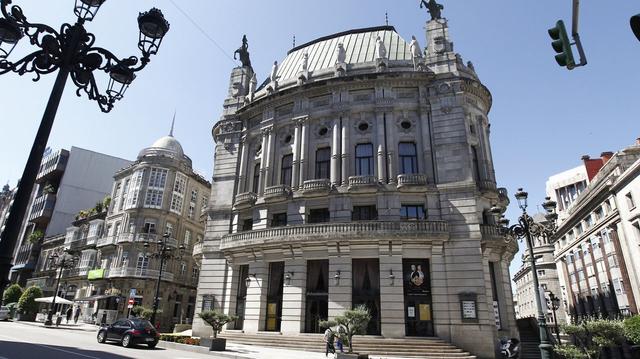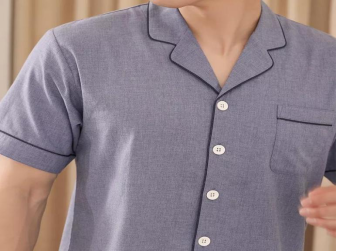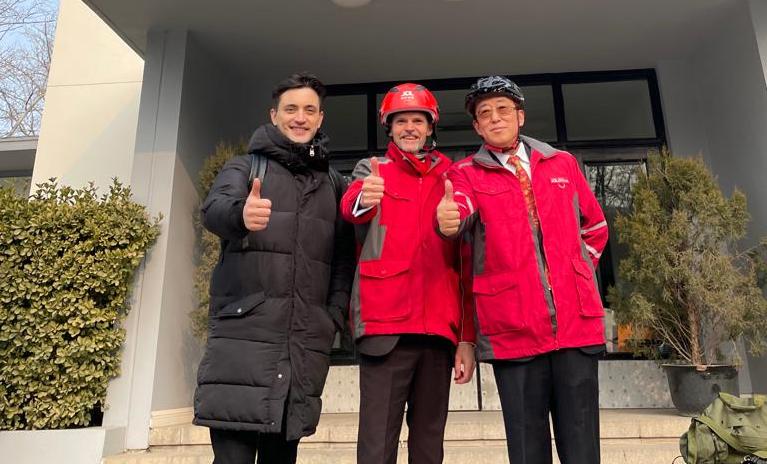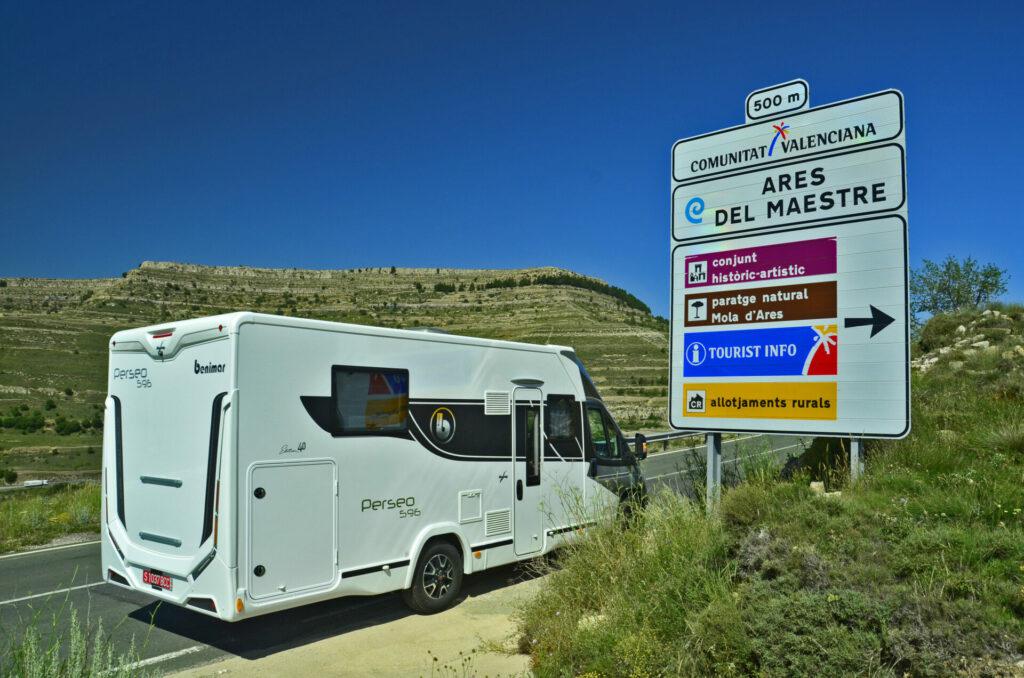Ten buildings you have to visit if you come to Vigo
Oscar Vazquez
The city is plagued not only with slopes, but also with imposing facades and loopholes from other times
04 Nov 2021 . Updated at 02:10 h.WhatsappMailFacebookTwitterComment ·If you are from Vigo, surely you have passed hundreds of times in front of one of its most important buildings without noticing the history behind its façade. And if you come to visit, looking for seafood or Christmas lights, you may overlook the important architectural legacy that you can find in this industrial city. For both, we offer a review of ten of the most important buildings that you should visit, surely the history of some and their details will surprise you.
García Barbón Theater
Teatro García Barbón XOAN CARLOS GIL
You've passed by a million times, perhaps you've gone to the library to study or attended a show, but surely you don't know that the original building suffered a fire in 1910 when a ball was being held of carnival. To recover it, the family of the philanthropist José García Barbón commissioned a new building from the Porriño architect Antonio Palacios, who designed this monumental structure and façade to house cinema, casino or theater options. The interior layout changed over the years, today there is a theater with capacity for almost a thousand people. In the 80s it underwent a new restoration when it became a cultural center. Among other things, bronze horse sculptures by Juan Oliveira were added, the same as the sculpture in the Plaza de España.
Royal Nautical Club of Vigo
M.MORALEJO
The building was inaugurated in 1945 and in the 1960s, when the indoor heated pool in Galicia opened, it became a benchmark for sport. The work of the architects Francisco Castro Represas and Pedro Alonso Pérez, it is a rationalist complex, the first to be declared a BIC in Galicia.
Marco Museum

Museo Marco de Vigo M.MORALEJO
Today it is the Museum of Contemporary Art of Vigo and its year of completion, in 1880, can be seen on its marble façade. Many know that it served as a prison, but not all know that it was also a place for courts. It has an irregular hexagonal floor plan, a novelty designed in the 19th century to improve surveillance in prisons and ventilation and the entry of natural light. It has been an Asset of Cultural Interest since the 1990s and was restored at the beginning of the current century for musealization.
Galician House of Culture
Casa da Cultura Galega XOAN CARLOS GIL
More than one will have been sitting in the squares of Casco Vello without noticing that in the midst of so many façades and stone arches, authentic jewels of local history are hidden. This is the case of the Casa Galega da Cultura, former City Council of Vigo. The original building suffered a fire in 1851 and when it was created, stonework with a lot of decoration was used, especially in the Plaza de la Constitución. It is the work of the architect Xosé María Ortiz.
Pazo Museum Quiñones de León
Pazo Museo Quiñones de León Oscar VazquezI was telling Sara about some of the things I do as a school social worker and she goes “you teach kids how to be a… https://t.co/XSxCBsU8qV
— Mariah Fri Mar 05 15:56:31 +0000 2021
It has been part of the municipal inventory since it was donated by its owner, in 1924, Fernando Quiñones de León, Marqués de Alcedo. The condition was that it be dedicated to a museum, a service that it continues to offer today. Its gardens and surroundings are already worth a visit, a real jewel in the city.
Old Rectorate
Former rectory Oscar Vazquez
Manuel Uceda is the author of this building, which stands out from the building line of the area. At first it housed a branch of the Bank of Spain but today it is known for having housed the rectory of the University of Vigo and for having been the seat of the City Council during the Corina Porro period. The building has an eclectic style with a symmetrical composition.
School of Arts and Crafts
Old photo of the School of Arts and Crafts SCANNED
Its owner was José García Barbón, who gave it to the City Council of Vigo to dedicate it to the School of Arts and Crafts and library. It has a neomedieval style appearance although it was built at the beginning of the 20th century. On its façade towards Pontevedra street, the balcony stands out, with semicircular arches on the railings.
Bonin Building
M.MORALEJO
It is one of the main works by Jenaro de la Fuente that has been preserved in its entirety. It has two highly decorated facades, among which are semicircular arches, balconies with pilasters or freely designed capitals. A detail, in them you can see intertwined the letters M and A, initials of the owners, Manuel Rodríguez and Anxelina Bonín. Watermarks, garlands and masks add to the decoration of the building.
Fraga Cinema Theater
Oscar Vazquez
The building has typical elements of Galician architecture, such as the upper gallery of arches or the balcony on Calle Uruguay. It was designed in 1758 to house a theatre, cinema, nightclub, tea room and rental offices. Although it is made of local granite on the outside, the structure is made of concrete on the inside.
Universal Hotel
Oscar Vázquez
Its terrace was an emblem and mythical place in the 19th century and today it is a classic space in the city's coastal landscape. The Universal hotel was built in two phases and it was in the last phase that its façade was built in Montero Ríos. The building remains the same as in the initial project and currently functions as a hotel for the AC chain, which underwent interior remodeling for its reopening.
WhatsappMailFacebookTwitterComment ·
© Copyright LA VOZ DE GALICIA S.A.Polígono de Sabón, Arteixo, A CORUÑA (SPAIN) Registered in the Mercantile Registry of A Coruña in Volume 2438 of the File, General Section, on pages 91 and following, sheet C-2141. CIF: A-15000649.
Legal warningPrivacy policyCookies policyGeneral conditions







